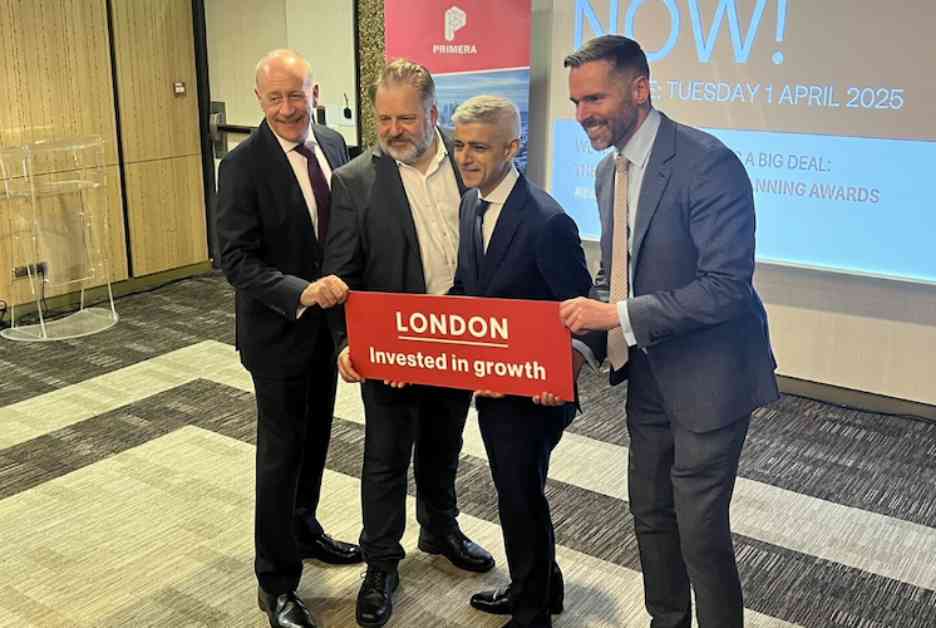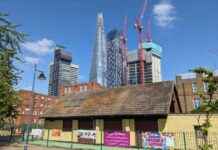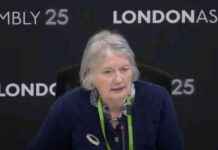Sadiq Khan’s Impactful Debut at MIPIM: A Closer Look
Last week, Sir Sadiq Khan made headlines during his inaugural appearance at the MIPIM property conference, leaving a lasting impression on industry insiders. Reports indicate that the esteemed Mayor was warmly received by property figures, with attendees eager to engage with him and even stopping him for selfies. Khan’s interactions extended beyond mere pleasantries, as he met with investors from various corners of the globe, including sovereign wealth funds in the Gulf and pension funds in North America.
Assessing the Success of Khan’s Visit
While Khan’s presence at MIPIM garnered significant attention, the true impact of his visit remains to be seen. It will take time to gauge the tangible outcomes of this high-profile engagement. Nevertheless, the Mayor’s proactive and business-friendly approach has been noted, with Khan emphasizing the importance of understanding and embracing profit in the real world. His commitment to supporting builders over blockers has been evident in recent interventions in Wandsworth and Wimbledon, setting the stage for further initiatives aimed at streamlining the policy-heavy London Plan.
Seeking Investment Opportunities
Central to Khan’s agenda is the pursuit of new investment opportunities to fuel the city’s growth and development. The London Investment Prospectus outlines 20 ambitious projects seeking a total investment of £22 billion. These projects span a wide range of sectors, from energy infrastructure in Islington to major urban developments in areas like Earl’s Court, Brent Cross, Enfield, Camden, Ealing, Docklands, Barking, and Old Oak Common. Among these projects are some longstanding initiatives, as well as newer proposals such as Network Rail’s plans for key transportation hubs and Khan’s ambitious extensions to the Bakerloo line and Docklands Light Railway.
The Role of Private Finance in Public Projects
One notable trend in Khan’s approach is the increasing reliance on private financing to support public infrastructure projects. The need to supplement public funds with private capital has become a common strategy, as highlighted by Lord Peter Hendy’s advocacy for private investment in critical rail projects. Projects like the redevelopment of Liverpool Street and Euston stations underscore the importance of private sector involvement in delivering essential upgrades and expansions. As London seeks to revitalize its transportation network and urban infrastructure, partnerships with private investors are becoming a cornerstone of future development plans.
Navigating the Challenges of Public-Private Partnerships
While private financing offers significant opportunities for advancing infrastructure projects, it also presents challenges and risks that must be carefully managed. Historical examples like the Jubilee line extension and the Elizabeth line showcase the complexities of balancing public and private contributions in large-scale developments. Recent warnings from the public accounts committee about potential risks associated with private sector involvement at Euston station highlight the importance of robust agreements and risk mitigation strategies to protect taxpayers and ensure project success.
Lessons from Past Successes
Drawing insights from past urban regeneration projects like King’s Cross and Old Oak Common, Khan is keen to leverage government support and private investment to drive economic growth and community development. These projects serve as valuable case studies for understanding the dynamics of public-private partnerships and the critical role of infrastructure investments in shaping the future of London. By learning from both the successes and challenges of previous initiatives, Khan aims to chart a strategic course for sustainable development and inclusive growth across the city.
Looking Ahead
As Khan continues to engage with the private sector and advocate for innovative funding models, the future of London’s infrastructure development promises to be dynamic and transformative. By balancing the imperatives of profitability, public interest, and long-term sustainability, the Mayor seeks to position London as a global hub for investment and innovation. With a clear vision and a pragmatic approach, Khan navigates the complexities of urban development with a keen eye on maximizing opportunities and mitigating risks, ensuring a prosperous future for the capital city.





















